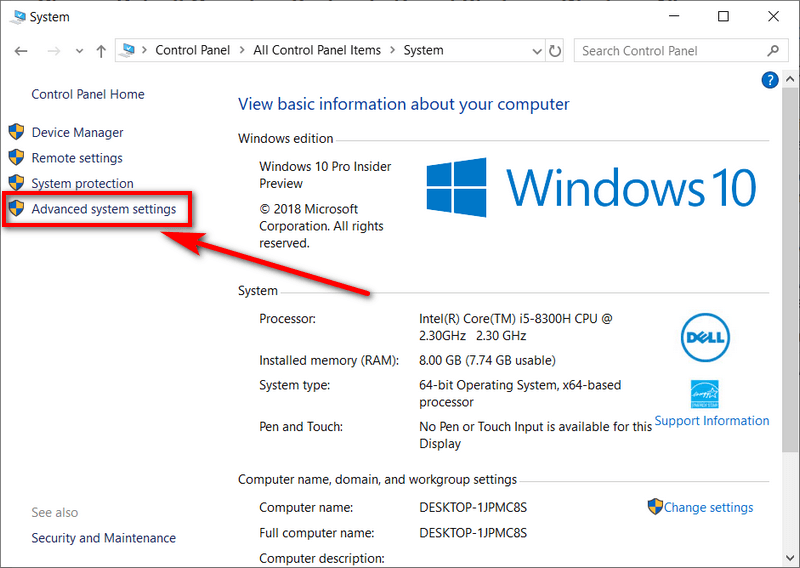

The Earl finished his teachings at Hendon in 1938 after 18 months of input forming the standard and advanced wings of the school and the System remained which is still taught to this very day. Major automobile manufacturers are offering a limited but growing number of production FCEVs to the public in certain markets, in sync with what the developing infrastructure can support.Although improvements in driving standards followed the inputs received from Sir Malcolm Campbell these were not deemed sufficicent by Lord Trenchard so another racing car driver was appointed, Sir Mark Everard Pepys, the sixth Earl of Cottenham as a Civilian Driving Advisor who in 1937 formed The Metropolitan Police's Motor Driving School at Hendon and so was born the early versions of the System of Car Control or 'IPSGA' as it is better known as now-a-days.

FCEVs are equipped with other advanced technologies to increase efficiency, such as regenerative braking systems that capture the energy lost during braking and store it in a battery. Similar to conventional internal combustion engine vehicles, they can fuel in less than 4 minutes and have a driving range over 300 miles.


energy resiliency through diversity and strengthening the economy.įCEVs are fueled with pure hydrogen gas stored in a tank on the vehicle. Unlike conventional internal combustion engine vehicles, these vehicles produce no harmful tailpipe emissions. What is a fuel cell electric vehicle?įCEVs use a propulsion system similar to that of electric vehicles, where energy stored as hydrogen is converted to electricity by the fuel cell. Hydrogen is considered an alternative fuel under the Energy Policy Act of 1992 and qualifies for alternative fuel vehicle tax credits. Department of Energy leads research efforts to make hydrogen-powered vehicles an affordable, environmentally friendly, and safe transportation option. FCEVs and the hydrogen infrastructure to fuel them are in the early stages of implementation. They are more efficient than conventional internal combustion engine vehicles and produce no tailpipe emissions-they only emit water vapor and warm air. Fuel cell electric vehicles (FCEVs) are powered by hydrogen.


 0 kommentar(er)
0 kommentar(er)
